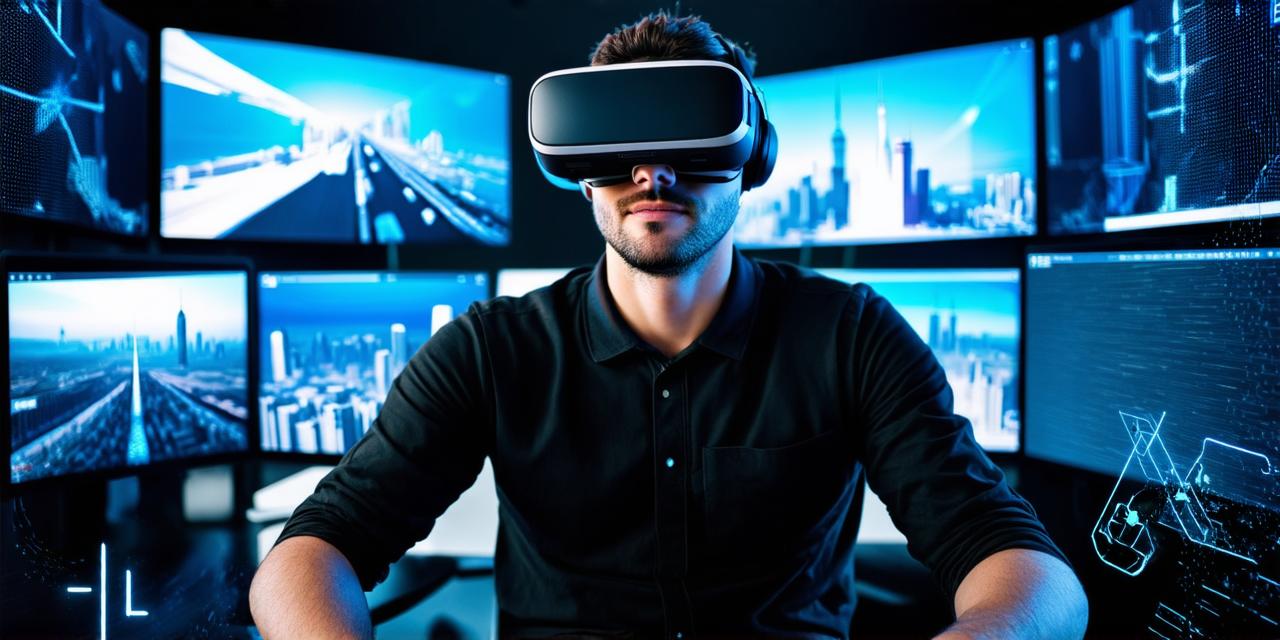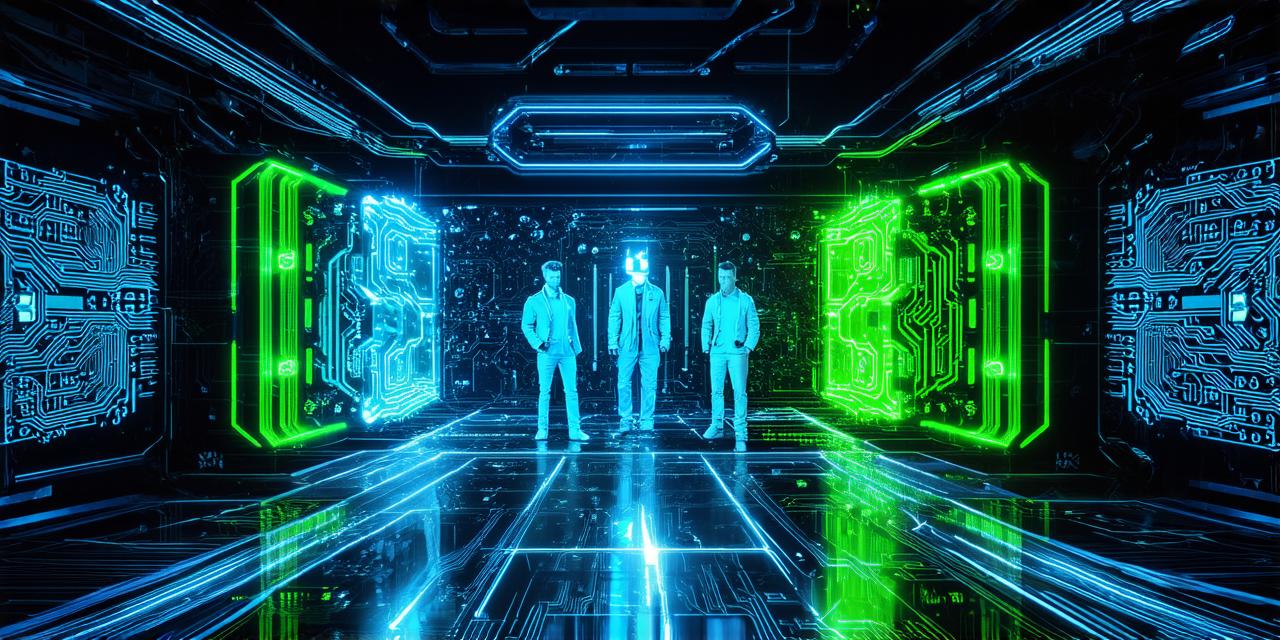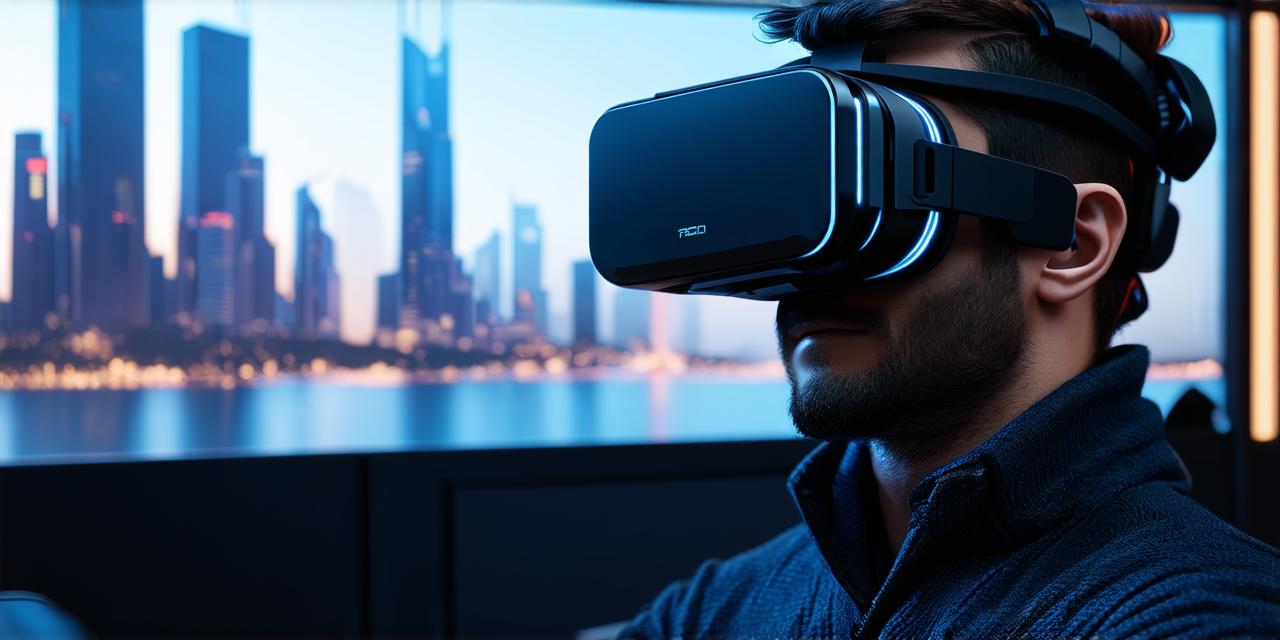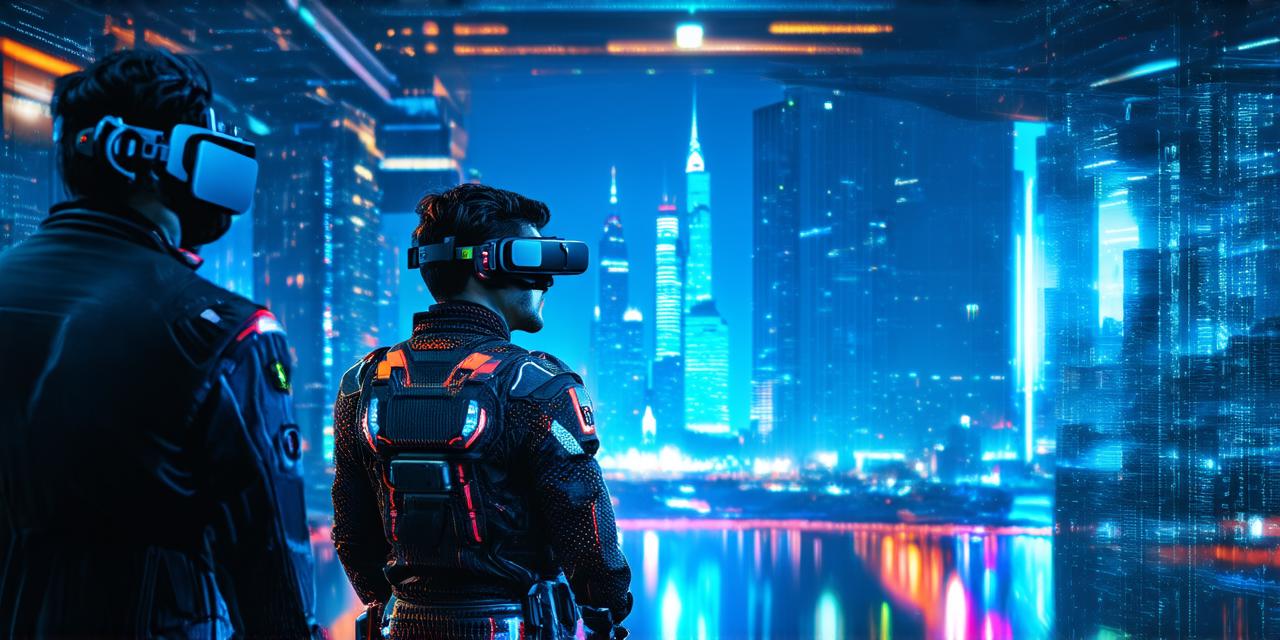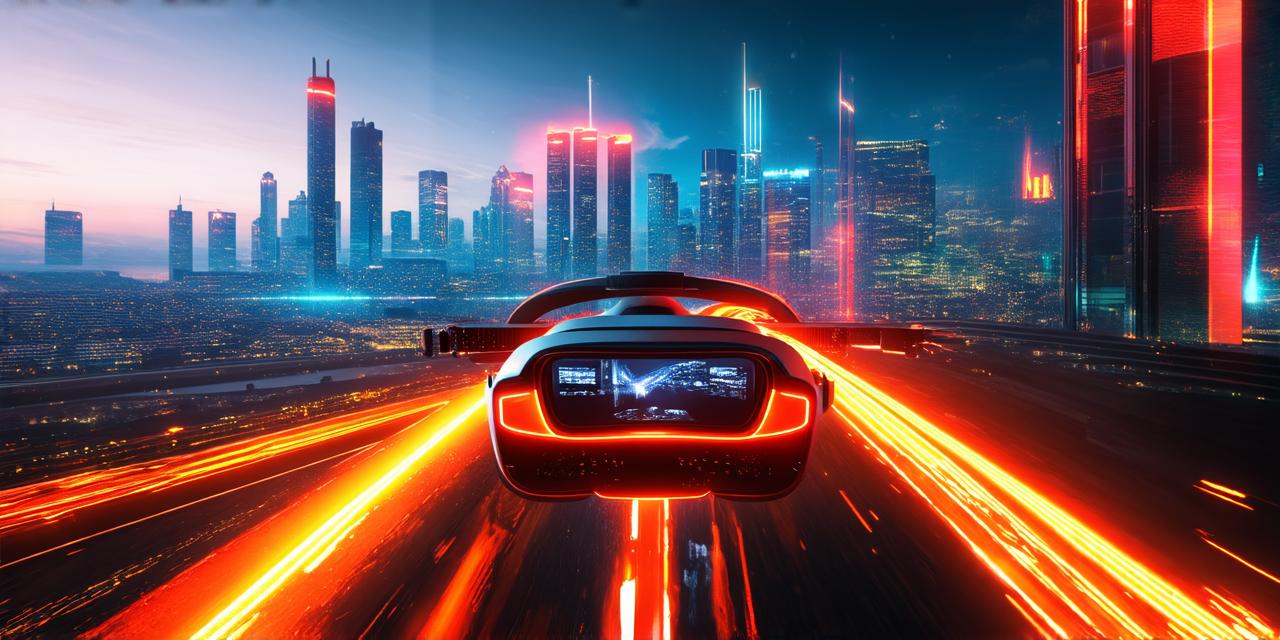Virtual Reality (VR) is a rapidly growing field that has the potential to revolutionize the way we interact with technology. One of the key aspects of VR is the ability to create immersive experiences that feel like they are real.
There are many products related to virtual reality that can enhance this experience and help developers create more engaging content. In this article, we will explore some of these products and how they can be used to create more immersive and engaging VR experiences.
1. VR Headsets
The first and most obvious product related to VR is the headset itself. There are many different types of VR headsets available on the market, ranging from basic smartphone-powered devices to high-end, professional-grade systems like the Oculus Rift or HTC Vive.
One of the key benefits of using a high-end VR headset is the ability to create a fully immersive environment. For example, if you are developing a virtual world for a game, you can use a VR headset to make the user feel like they are actually in that world.
2. Controllers
Another important product related to VR is the controller. These devices allow users to interact with the virtual environment in a more natural way, by mimicking the movements of their real-world hands.
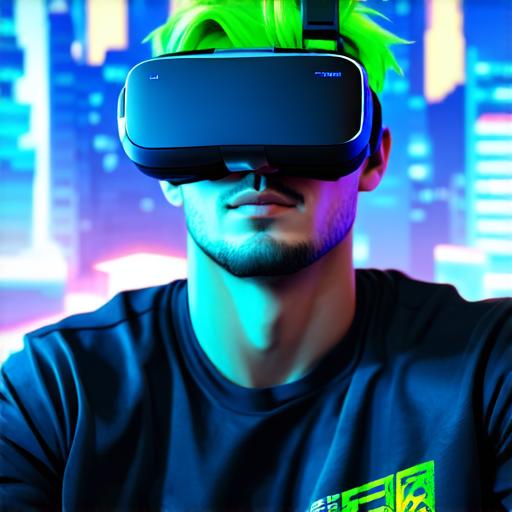
There are many different types of controllers available on the market, ranging from simple handheld devices to more advanced systems that track the user’s movements using sensors. Some VR headsets come with built-in controllers, while others require separate devices to be purchased.
3. Haptic Feedback Devices
Haptic feedback is a technology that allows users to feel sensations in virtual reality, such as vibrations or resistance. This can be especially useful in creating more immersive and engaging experiences, such as simulating the feeling of holding an object or experiencing a physical sensation.
There are many different types of haptic feedback devices available on the market, ranging from simple vibration motors to more advanced systems that use air bladders or other technologies to create more realistic sensations. These devices can be used in conjunction with VR headsets and controllers to enhance the overall experience.
4. Motion Capture Systems
Motion capture is a technology that allows computers to track the movements of real-world objects or people and translate them into virtual reality. This can be especially useful for creating realistic animations and avatars in VR, as well as for capturing the movements of real-world actors and using them in virtual environments.
There are many different types of motion capture systems available on the market, ranging from basic cameras that track movement to more advanced systems that use sensors or other technologies to capture more detailed information. Some motion capture systems can even be used to track the movements of multiple people at once, allowing for more complex and realistic interactions in virtual environments.
5. 3D Scanners
3D scanning is a technology that allows computers to create a digital representation of a real-world object. This can be especially useful for creating detailed and accurate models of physical objects in VR, such as furniture or environmental elements.
There are many different types of 3D scanners available on the market, ranging from basic handheld devices to more advanced systems that use lasers or other technologies to capture more detailed information. Some 3D scanners can even be used to create interactive objects in VR, allowing users to manipulate and interact with real-world objects in a virtual environment.
